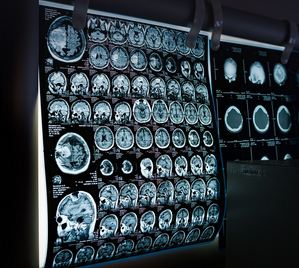What is breast attenuation artifact?
Breast attenuation artifact is a common problem in nuclear stress testing. It occurs when the radiation emitted from the radioactive tracer is absorbed by the breast tissue, which can obscure the images of the heart. This can make it difficult to see the heart’s blood flow and can lead to inaccurate diagnosis.
There are several factors that can contribute to breast attenuation artifact, including the size and density of the breasts, the patient’s body habitus, and the type of tracer used. Women with large or dense breasts are more likely to experience this artifact.
There are a few things that can be done to reduce the risk of breast attenuation artifact. These include:
- Using a tracer that is less likely to be absorbed by breast tissue.
- Positioning the patient in a way that minimizes the amount of breast tissue in the path of the radiation.
- Using a computer algorithm to correct for the artifact.
In some cases, breast attenuation artifact may be unavoidable. However, there are steps that can be taken to reduce the risk and to improve the accuracy of the diagnostic images.
Here are some additional details about breast attenuation artifact:
- It is caused by the absorption of radiation by the breast tissue.
- It can obscure the images of the heart, making it difficult to see the heart’s blood flow.
- It can lead to inaccurate diagnosis.
- There are several factors that can contribute to breast attenuation artifact, including the size and density of the breasts, the patient’s body habitus, and the type of tracer used.
- There are a few things that can be done to reduce the risk of breast attenuation artifact, such as using a tracer that is less likely to be absorbed by breast tissue, positioning the patient in a way that minimizes the amount of breast tissue in the path of the radiation, and using a computer algorithm to correct for the artifact.
- In some cases, breast attenuation artifact may be unavoidable. However, there are steps that can be taken to reduce the risk and to improve the accuracy of the diagnostic images.

